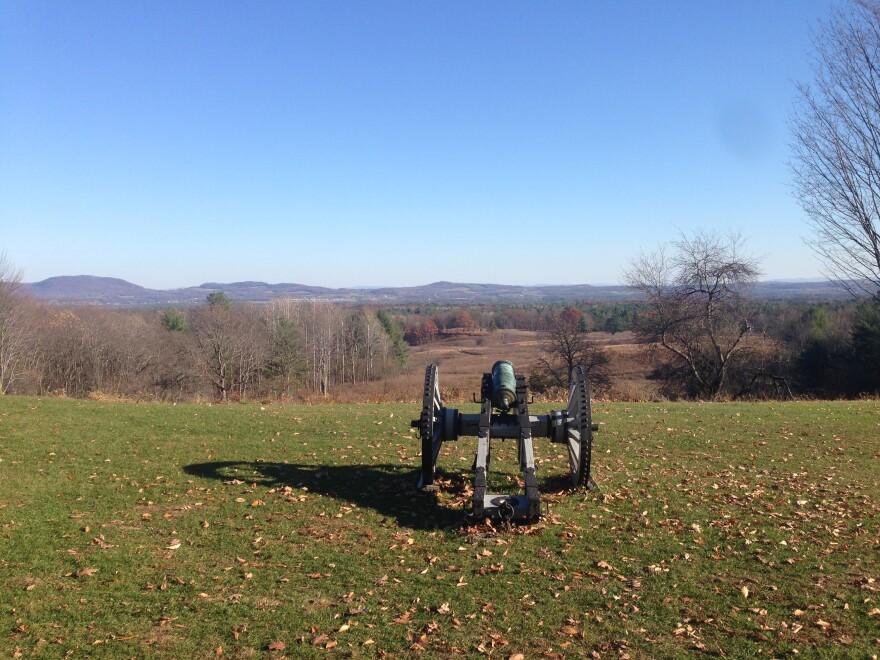Saratoga National Historical Park is among a handful of parks receiving federal funding to address natural resource challenges.
The National Park Service announced the investment of nearly $200 million in Inflation Reduction Act funds to build and restore resilience in parks throughout the Northeast.
Saratoga National Historical Park, says superintendent Leslie Morlock, is primed for this funding, which aims to preserve parks that are both sanctuaries for vital ecosystems as well as historical landmarks.
“This area has a really long history of human habitation on the landscape, from the Native Americans who hunted and fished and lived on these lands to the early European and colonial expansion, and extensive farming that continued after the battles until it became a State and then National Park in the 1930s. And as a result, the Saratoga Battlefield, in the view of the history, is also the home to many plants, birds, butterflies, weird wildlife, that take advantage of this contiguous undeveloped landscape,” explained Morlock.
The funding will go toward three distinct projects; one to control invasive species to prevent forest loss in 19 parks, another to restore park grasslands, and a third to manage over-browsing to support climate resilience and ecosystem regeneration.
Saratoga Battlefield is a main draw – as the site of the turning point of the Revolutionary War, the park holds significant historical value.
Morlock says that the ecology of the park is just as important.
“Saratoga hosts a lot of ground nesting birds, we're one of the few areas that still has this sort of open, undisturbed landscape that allows for these ground nesting birds to survive and thrive in this area. And then also a lot of pollinator species like monarch butterflies. So, Saratoga is—where we are, because of our ecology and the great resources that we have here, were often used in larger studies as control sites,” said Morlock.
Science Advisor and Research Coordinator for the National Parks Northeast Regional Office Brian Mitchell says securing funds for these projects was challenging. Research published last year outlines the variety of pest and invasive species plaguing forests along the East Coast, opening the door for possible funding.
“By making a concerted effort to address as many of those stressors as possible at one time, we are going to be able to substantially change the course for Saratoga and other parks that are a part of these projects by making those forests and grasslands much more resilient to those changes that we think are coming through climate change,” said Mitchell.
Morlock says the timing couldn’t be better.
“Saratoga is showing that our forest generation status is at an imminent failure status, which means that we are experiencing severe regeneration failure. And we are, again, then elevating that risk of forest loss. So, this is really a key timing for us to start to start tackling this problem. You know, along with invasive species that are killing off a lot of the ash trees, we're just not seeing that regeneration that we would look for,” said Morlock.
Mitchell emphasized the benefit of the projects running simultaneously.
“Invasive species and deer over-browse at the same time. By taking care of those, we will be able to plant some new tree species and do some reforestation in a way that's going allow those new seedlings new, saplings to actually get tall enough to then not be as affected by invasive species or deer, and give us a new chance to really keep growing the forest,” explained Mitchell.
Morlock says the park’s long-term survival is important for the surrounding economy and ecosystem, having drawn more than 100,000 visitors in 2023.



